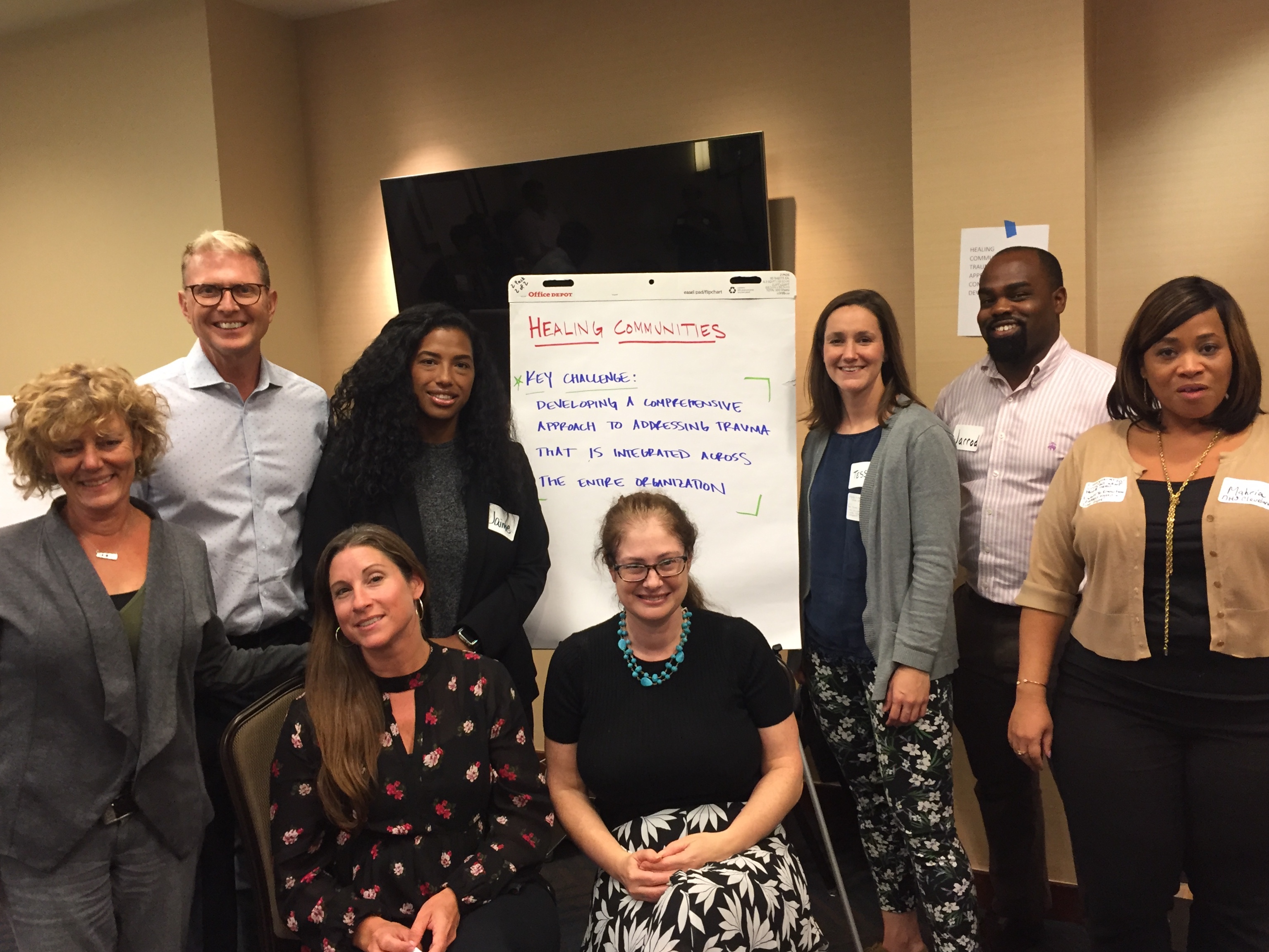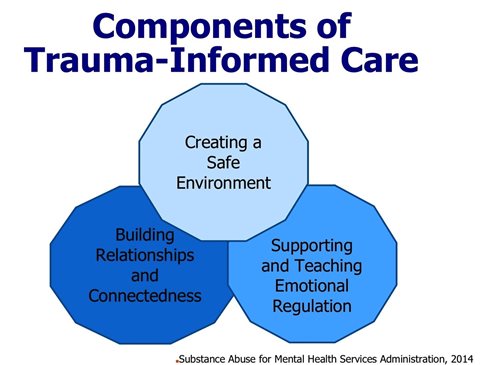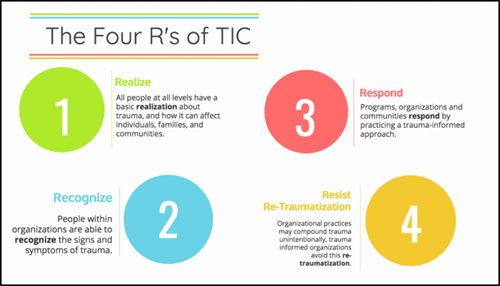It was the first day of the kickoff of four new “learning communities” for network members organized by NeighborWorks America. The opening ice breaker asked each participant to share something that 1) he or she knows and 2) would like to learn.
Wiley Faw, president of Community Ventures Corp.’s Millserburg, Kentucky, operations, shared how his nonprofit is helping young adults start their own businesses through a kitchen incubator, hopefully revitalizing the downtown at the same time. But, he added, he has learned the importance of providing more than space and hoped to learn more about how to connect them to other resources.
Megan Morisseau, a “health, business and cultural activator” for NeighborWorks Blackstone River Valley (NBRV) in Woonsocket, Rhode Island, jumped in, saying her nonprofit also is working with youth on building business skills, but is focusing on cultivating the savings habit. She added that NBRV shared Community Ventures’ desire to create more local businesses, and the two agreed to chat further.
Faw mentioned another obstacle: the disconnection youth often feel from their community. He described how his staff has learned it must teach participants such basic skills as shaking hands and looking people directly in the eyes. They involve older business owners who have difficulty engaging with kids—making it a win-win.
Zachary Morin, education programs manager for NBRV, quickly followed up on that, wanting to learn more about how Faw and others are getting buy-in from young participants.
That’s how a learning community works—peers sharing with peers as both experts and students.
Just what is a learning community?

“We offered network members a variety of topics, and the focus areas selected reflect their desires—the challenges they most want to tackle,” explains Paul Singh, acting vice president of community initiatives at NeighborWorks America. “The key is for the topics to be broad enough to allow organizations at different stages of learning to benefit, but narrow enough to enable deep exploration. From there, the members of each cohort design their own work plan.”
This particular round of learning communities, organized and funded by Paul’s team, is focusing over the next eight months on each of these topics: asset-building in low-wealth rural areas, sustainable business models based on community building and engagement, linkages with health systems and related partners, and trauma-informed community development.
I will follow the evolving development and work of one of these groups over its lifecycle, the cohort focused on trauma and community. The group consists of one to two representatives from Community Partners (Riviera Beach, Florida), Neighborhood Housing Services (NHS) of Greater Cleveland, New Kensington Community Development Corp. (NKCDC, Philadelphia), Charlotte-Mecklenberg Housing Partnership (CMHP, North Carolina) and the Troy Rehabilitation & Improvement Program (Troy, New York). The two seasoned members of the group, with an already-established track record in trauma-informed community building, are NKCDC and Community Partners. The others still are in exploratory stages.
What does it mean to be ‘trauma-informed’?
 A trauma-informed approach to building community incorporates a recognition of the impact of trauma—at the individual, interpersonal, community and system levels—on residents’ lives. Individual traumas can range from rape, to the murder of a loved one, to burglary.
A trauma-informed approach to building community incorporates a recognition of the impact of trauma—at the individual, interpersonal, community and system levels—on residents’ lives. Individual traumas can range from rape, to the murder of a loved one, to burglary.Community/systems trauma manifests as an unhealthy pattern, such as repeated police brutality, gang recruitment of youth or lack of municipal services. According to the Substance Abuse and Mental Health Services Agency (SAMHSA), events or circumstances become traumas when they result in lasting physical and/or emotional harm that affect individuals’ well-being and ability to function. Community- and systems-level trauma disrupt the foundational relationships required for healthy social networks and collective problem-solving.
In its most basic terms, routine community development asks “what,” while a trauma-informed approach asks “how,” explains Charles Robbins, a principal for Health Management Associates and the expert coach assigned to the cohort. “We don’t ask what’s wrong; we ask what happened, thus avoiding an inference that their experience was a fault of their own and allowing individuals to express ‘their how’.”
Sarah Norman, NeighborWorks’ director of healthy homes and housing, notes that trauma-informed approaches are well established in the health, social-service and education sectors, but just emerging in community development. The need for a focus on the impact of trauma, however, became clear during the Healthy Communities Demonstration Project, a collaboration between the nonprofit County Health Rankings & Roadmaps Program, the Robert Wood Johnson Foundation and NeighborWorks. The project, which included 28 NeighborWorks network members, was designed to pilot strategies to influence social determinants of health (such as housing stability, food access, safety and financial security) and thus improve outcomes such as service use, cost and quality of life.
“It was clear that individual and collective trauma in disinvested communities was a challenge when attempting to engage residents, revitalize neighborhoods and build community health,” says Norman. “Acknowledging historic and current trauma is critical. And residents can and should be partners and leaders in that effort.”
Putting trauma-informed tactics into practice
 When the trauma and healing cohort opened its meeting, it appropriately started with one of the staples of this approach—a “check in.” Each participant in a meeting is asked three questions: How are you feeling? (This question is designed to be answered in terms of an emotion, with no explanation necessary. Asking people to identify a feeling cultivates emotional intelligence.) What is your goal for today? (Naming a goal helps shift the orientation toward the future.) Who can help you? (Asking for help reinforces the core principle of healing that we have a responsibility for one another.) It’s a simple and effective way to transfer power to participants and signal a collective ownership.
When the trauma and healing cohort opened its meeting, it appropriately started with one of the staples of this approach—a “check in.” Each participant in a meeting is asked three questions: How are you feeling? (This question is designed to be answered in terms of an emotion, with no explanation necessary. Asking people to identify a feeling cultivates emotional intelligence.) What is your goal for today? (Naming a goal helps shift the orientation toward the future.) Who can help you? (Asking for help reinforces the core principle of healing that we have a responsibility for one another.) It’s a simple and effective way to transfer power to participants and signal a collective ownership.This exercise, which the group agreed to use to start all of its calls and meetings, was followed by a discussion of where participants are in terms of exploring trauma and healing, the challenges they have faced or expect to encounter, and what they hope the learning community will help them accomplish.
“Community Partners has been working on implementing aspects of this approach since 1979,” commented Jaime-Lee Brown, its vice president of community services. “But we want to become more comprehensive in our strategy. A challenge is that there is so much knowledge related to its use in our mental-health services, but there is very little among our other staff members. We want a systematic approach and need to learn more about how we can pull the thread through all of our operations.”
Tess Donie, associate community engagement director for NKCDC, agreed. Her Philadelphia nonprofit has partnered with another local organization, Impact Services, to adapt and pilot the use of the “Sanctuary Model” (originally developed for adults in an inpatient psychiatric setting) to the work of engaging residents in its violence-prone Kensington neighborhood. This early work was supported in part by NeighborWorks’ Healthy Communities Demonstration Project. NKCDC now is in the process of developing a handbook that can be used by other organizations for the same work.
“Getting feedback from NeighborWorks members who are just starting to work with trauma-informed approaches will really help the development of the handbook and other materials,” she said. “But NKCDC also is still developing in this space. We are trying to figure out how this work can and should intersect with every other facet of our operations, including relations with our own staff.”
Zoe Van Orsdol, Donie’s counterpart at Impact Services, agreed. “We have three departments: housing for homeless veterans, workforce development for the formerly incarcerated and community development. The first two employ a ‘tough love’ approach and tend to see trauma-informed strategies as too touchy-feely. We have to show them the value in terms of outcomes.”
Amber Laureano, who works with Brown at Community Partners as director of intake for child and family mental health services, noted that people who work in areas such as housing often think they can’t do trauma-informed outreach because they aren’t therapists. “But this is a framework that can be practiced by everyone.”
NHS of Greater Cleveland is one of the cohort members that is new to trauma theory, and Mahria Harris, director of homeownership services, described an experience that drew her to the learning community:
“We provide housing for new entrepreneurs participating in our Launch House program,” she explained. “There was this one participant who was doing a great job, but the other residents kept calling the police on him because he was being so disruptive. It turns out he had been displaced from another country and was experiencing the after-effects of trauma. The other residents assumed we would know what to do and we realized we need training for our staff.”
CMHP is similarly new to trauma-informed outreach. Only weeks after the first meeting, Charlotte, North Carolina, experienced a trauma that rocked the youth group run by Jarrod Jones, its community engagement program coordinator. A local high school freshman was charged with first-degree murder after a bullying incident spiraled out of control and he shot a fellow student.
“We know this approach makes sense, but we need to figure out how to apply it across our organization. For example, we outsource property management, which has the most touchpoints with (our multi-family) residents, who are most likely to be susceptible to primary and secondary trauma,” said Jones. “That means we have to include our partners as well.”
The bottom line: Everyone can benefit from trauma-informed strategies.
“Once you start immersing yourself in this discipline, you start thinking about your own history and the ways you interact with people in ways you hadn’t anticipated,” noted Van Orsdol. “It’s a real journey of self-discovery. My family thinks I am a better person now.”
What’s up next for the cohort? The members are coming together for monthly calls to work on specific assignments, such as identifying policies adopted by other nonprofits to institutionalize a trauma-informed lens. A second in-person gathering is planned for early next year to help members better understand leading models of trauma-informed community building, such as the work led by BRIDGE Housing Corp. in San Francisco. NeighborWorks America also is developing a case study on the lessons NKCDC learned while applying a trauma-informed lens to community revitalization in Philadelphia.

